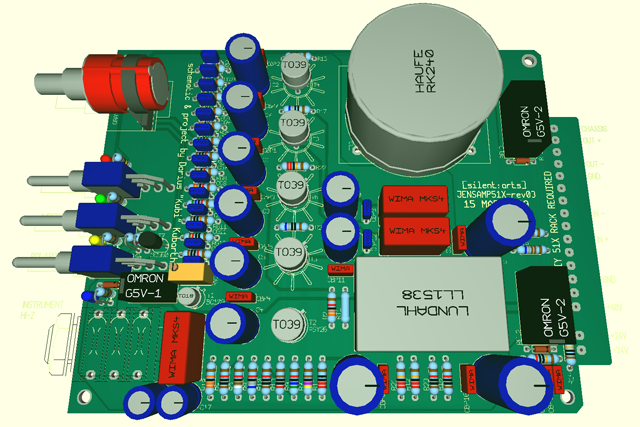SUPERMAGOO
Well-known member
wow!
Svart said:... Did Silent Arts say that there will be a 500 series from this too? ...

;D ;D ;DGus said:I think this might have problems with DIY builders that don't know things like ohms law.
Gus, me too. I just like it - and it is just true. for many projects around here.Gus said:I did mean it in a good way...
this is a good idea. I doubt a large scale, but this is a matter of definition.Gus said:If I was to sell something on a large scale I would try to make it as reproducible as possible.
please ...[silent:arts] said:;D ;D ;DGus said:I think this might have problems with DIY builders that don't know things like ohms law.
am I allowed to use this in my signature ?
Forgive my newbiness, but if I refer to the schematic:Gus said:I think this might have problems with DIY builders that don't know things like ohms law.
The 4 output transistors look like they will need to be matched NPN to NPN and PNP to PNP.
On the proto builds what is the voltage difference between Q4 and Q6 collectors and emitters and bases or Q3 and Q5 collectors bases and emitters?
It also looks like you will need to match all the resistors side to side in the output section. Also being a output stage the cheap DMM hfe will most likely not work well enough. Should be curve traced or Hfe matched at three Ic points in the operation range in the circuit.
Maybe the proto build is fine because the parts were from the same batches.
I would look for higher power devices that have high enough hfe for a 2 device output section.
Ditto.VoiceOverMike said:How's this little old project coming along?